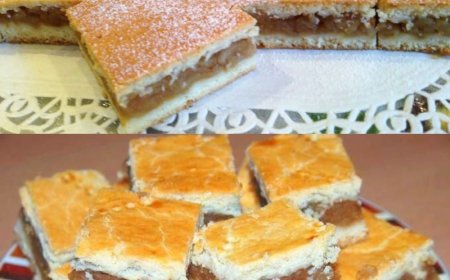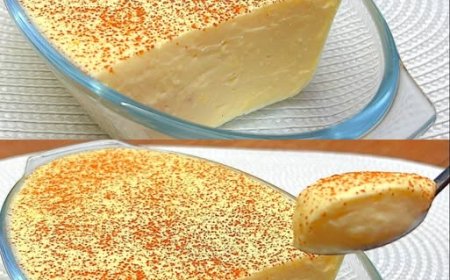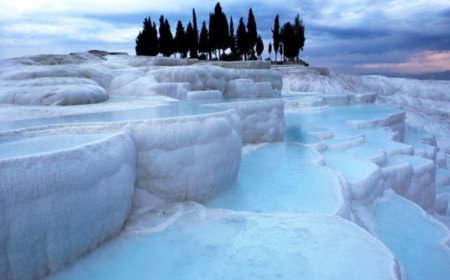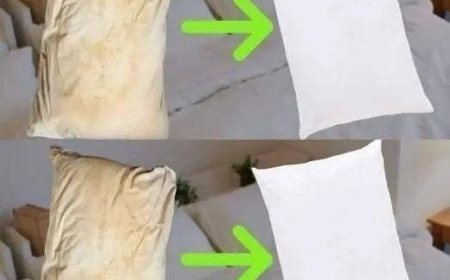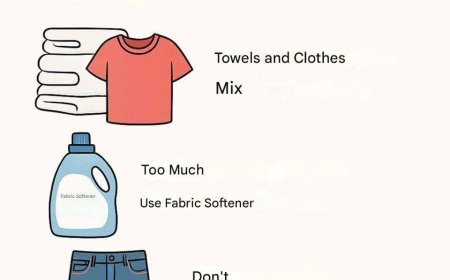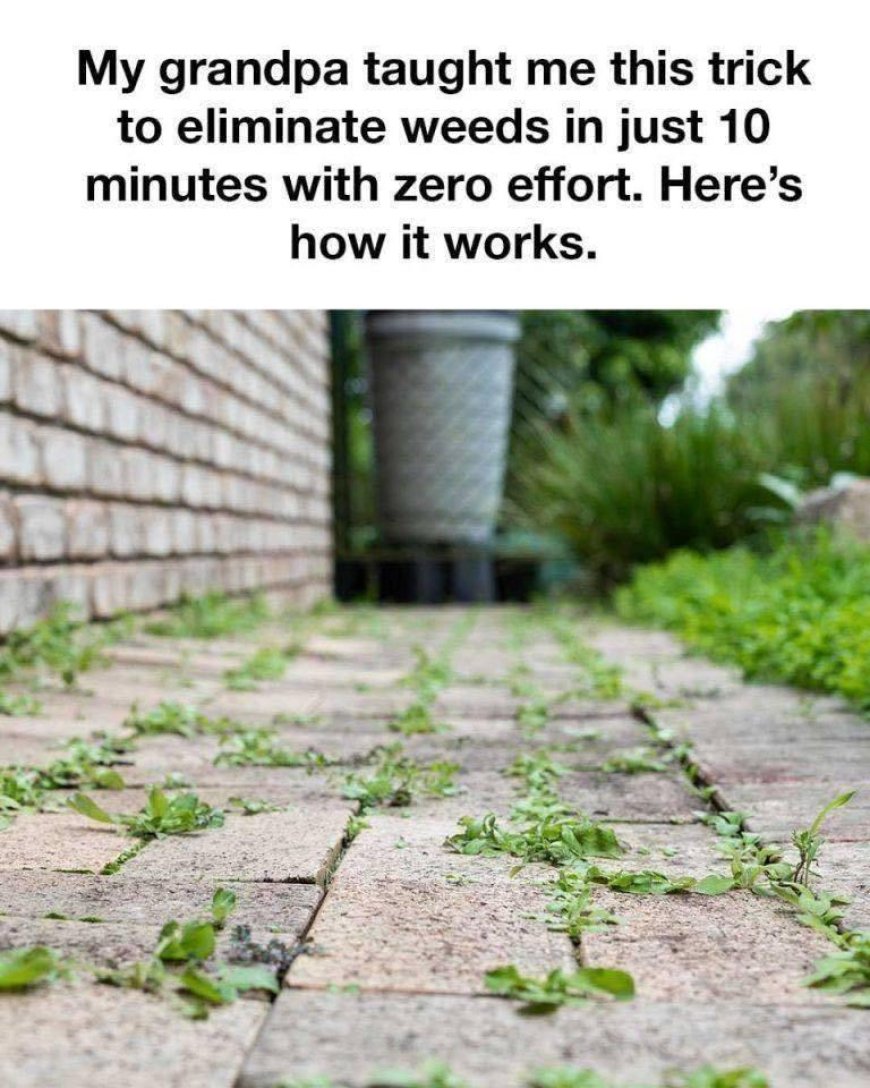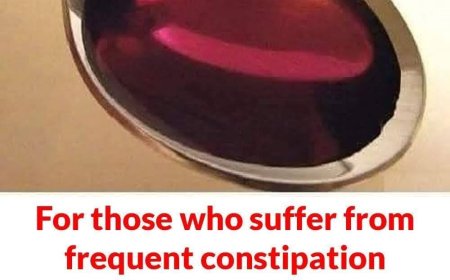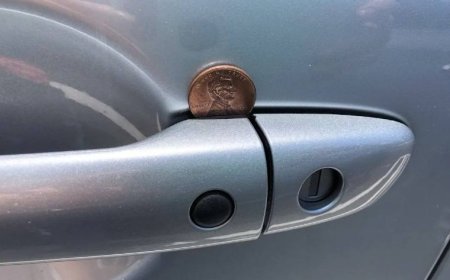I had no clue about this! So good to know!
I had absolutely no clue about this simple garden secret until my grandpa shared it with me — and it changed the way I care for my plants forever. Gardening has always been a beloved tradition in our family, passed down through generations. From colorful flowerbeds to bountiful vegetable patches, our garden has been our pride and joy.
1.
I had no clue about this! So good to know!
Gardening has always been a cherished tradition in my family. From vibrant flowers to lush vegetable patches, our garden has been a source of pride and joy for generations. However, like many gardeners, we’ve faced the persistent problem of weeds.
They’re the uninvited guests that rob our plants of nutrients, sunlight, and space. But my grandpa had a trick up his sleeve to tackle this issue with astonishing ease. Here’s how his simple yet effective method can help you eliminate weeds in just 10 minutes with zero effort.
Understanding the Weed Problem
Weeds are not just unsightly; they compete with your plants for essential resources like water, nutrients, and light. Left unchecked, they can overwhelm your garden, making it difficult for your desired plants to thrive. Traditional methods of weed removal, such as hand-pulling or using chemical herbicides, can be time-consuming, labor-intensive, and potentially harmful to the environment.Vegetable skewers
The Magic Ingredient: White Vinegar
My grandpa’s secret weapon against weeds is something you probably already have in your kitchen: white vinegar. This common household item is a natural herbicide that can effectively kill weeds without harming the soil or surrounding plants when used correctly. Here’s why it works:
Acetic Acid: White vinegar contains acetic acid, which can dehydrate and kill the weed upon contact.
Non-Selective: It’s a non-selective herbicide, meaning it can kill most plants it comes into contact with. Therefore, it must be applied carefully.
Eco-Friendly: Unlike chemical herbicides, vinegar is environmentally friendly
and breaks down quickly, posing no long-term risks to your garden.
The Step-by-Step Process
What You’ll Need:
White vinegar (5-20% acetic acid concentration)
A spray bottle or garden sprayer
Dish soap (optional, for added effectiveness)
Protective gloves and eyewear (for safety)
Step 1: Prepare the Solution
Fill a spray bottle or garden sprayer with white vinegar. If you want to increase the effectiveness of the solution, add a few drops of dish soap. The soap helps the vinegar stick to the weeds, ensuring better absorption.
Step 2: Choose the Right Time
For the best results, choose a sunny, warm day with minimal wind. The heat from the sun enhances the vinegar’s weed-killing power, and calm weather ensures the spray lands precisely where you want it.
Step 3: Apply the Vinegar
Put on your protective gloves and eyewear to avoid any contact with your skin or eyes. Spray the vinegar solution directly onto the weeds, ensuring they are thoroughly coated. Be careful to avoid any desirable plants, as the vinegar will harm them as well.
Step 4: Wait and Observe
Within hours, you’ll notice the weeds beginning to wilt and turn brown. In most cases, the weeds will be dead within 24-48 hours. Larger or more resilient weeds may require a T.ap the p.hoto to v.iew the full r.ecipe.
